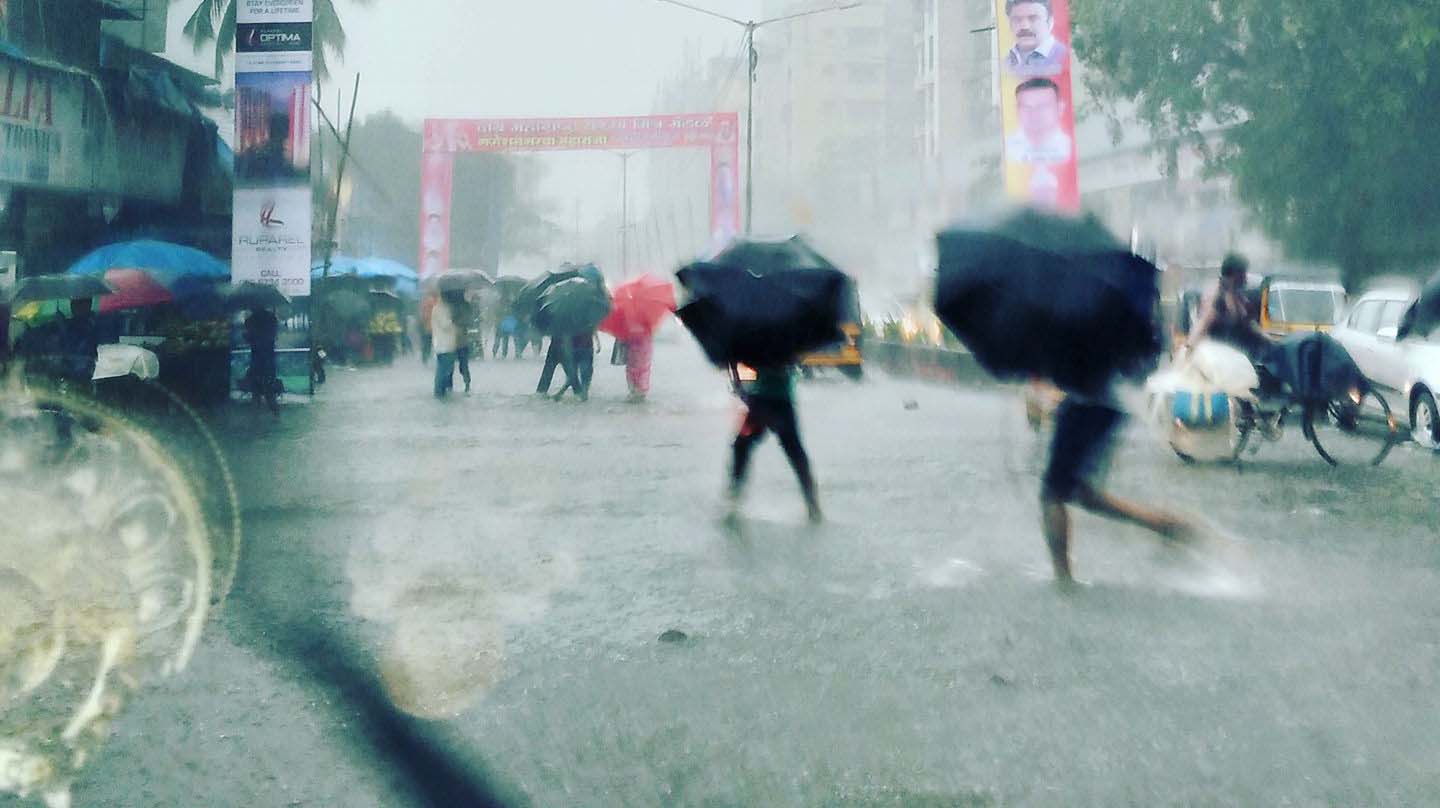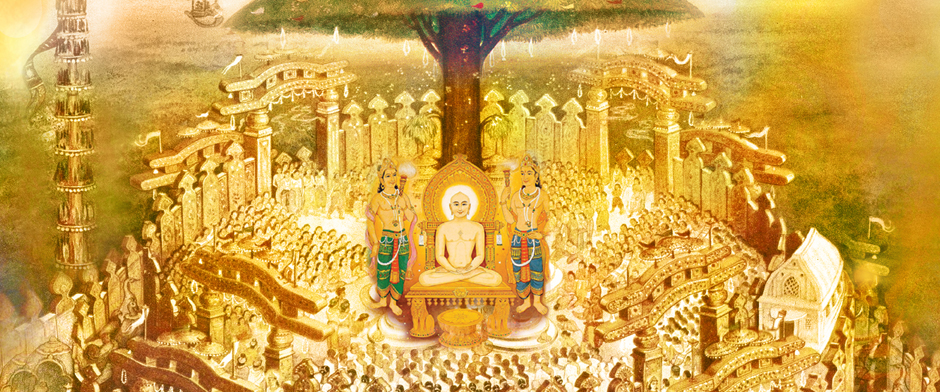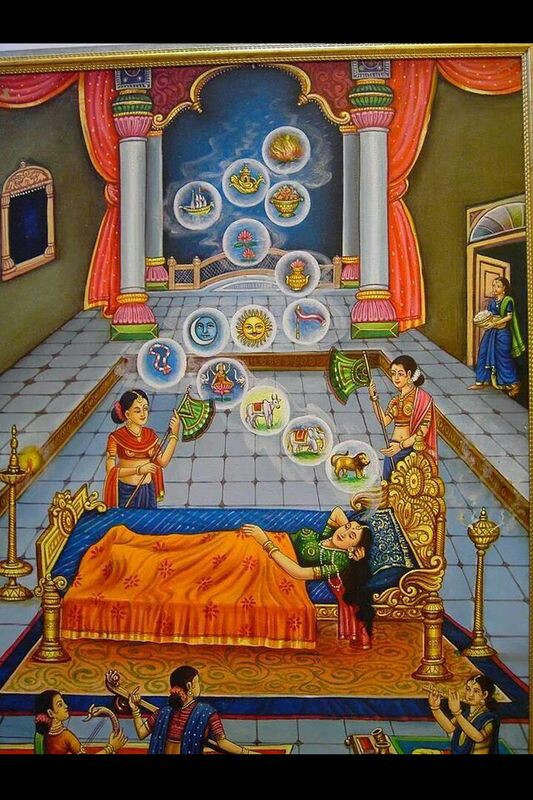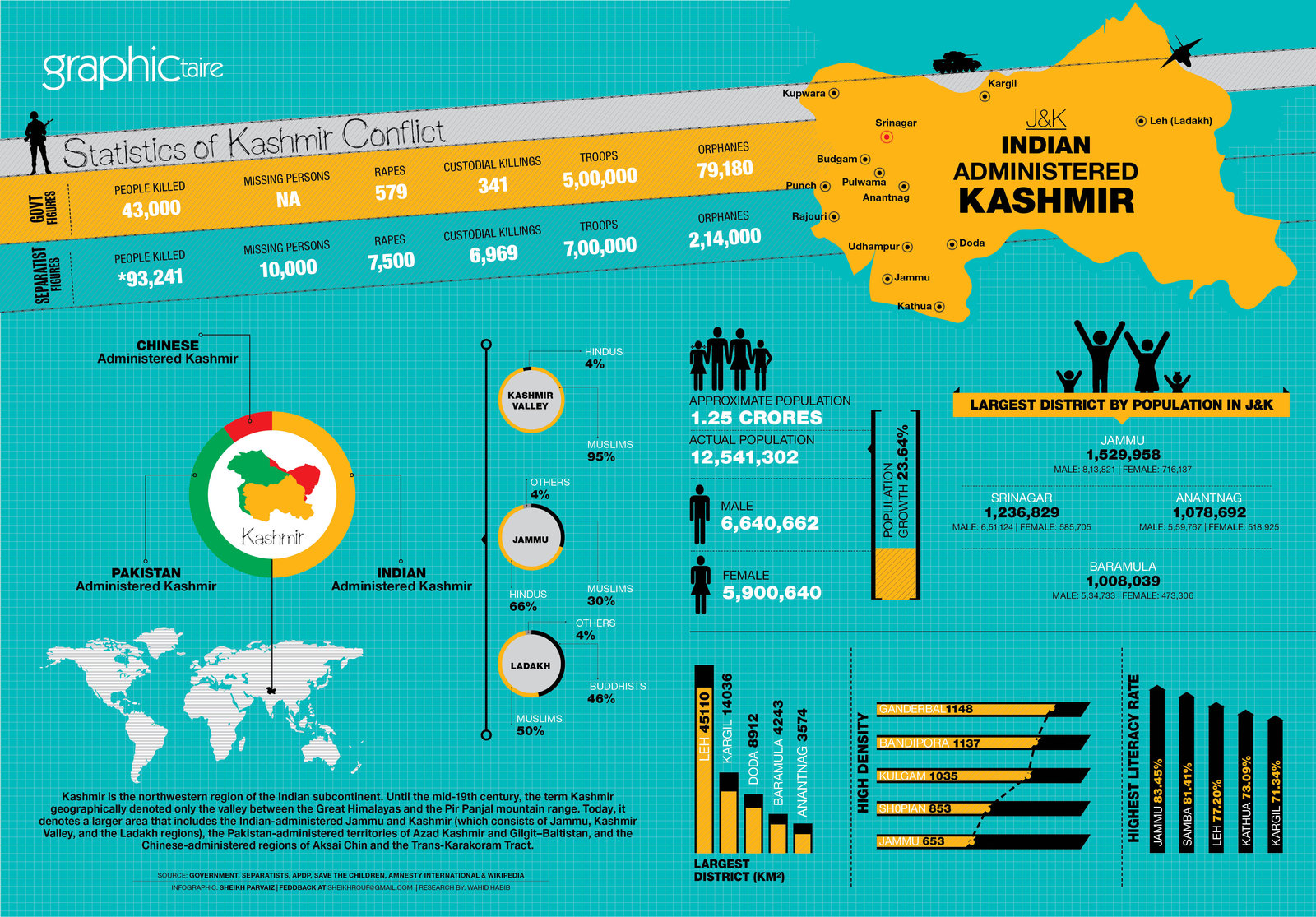Mumbai rains have been news of the nation in last 24 hours. I switched on news channel to see the mumbai updates. Switched it off in 2 minutes. I opened my whatsapp and am flooded with more messages on dangers and alerts of mumbai rains than the flood in mumbai itself. I myself was out whole and had reached home…
Month: August 2017
Paryushan or Das Lakshana Parva
Generally, festivals are celebrations characterized by excitement, enthusiasm, and enjoyment; Jain festivals are characterized by renunciation, austerities, study of the scriptures, and repetition of holy hymns by reciting Sutras and Stavans, meditation, and expressing devotion for the Tirthankars. Paryushan is the most important festival in Jainism. It is observed during the month of August and/or September. The Shvetambar sect observes…
Fourteen Dreams
Mahavira was the last Jainist Tirthankara. People call Lord Mahavira by different names such as Vira or Viraprabhu, Sanmati, Vardhamana, Ativira and Gnatputra. When it comes to the values of Jainism, Lord Mahavira deserves a special mention, as he was the one to establish the ethics that are ruling the whole Jain community today. Mahavira (599-527 BC) was the last Jainist…
I like Villians more than Heroes
Breaking news! It’s absolutely normal to do so. Sounds like a big relief, right? Like you, there are many more people who find Joker more interesting than Batman, Lord Voldemort more fascinating than Harry Potter and so on…. One of the major reason for this is; Villians are flawed like we all are. There is no such thing as perfect…
I can feel you. (my first POEM)
I can feel you His eyes staring at sky Living the moment A drop of tear rolls down from eyes Let them be, let them flow For the moment you are living twice One in present and one in your memories That you spent with the love of your life Under the green and violet sky Like the tinge of…
Kashmir Issue – 70 years.
This year we witness the 70th Independence day of India and 70 years of Kashmir Issue. We all know about Kashmir issue in bits and parts. If not in detail then at least one thing that two countries (actually 3) are fighting for a piece of land. In this article, I shall write about Kashmir issue in a bit detail.…






